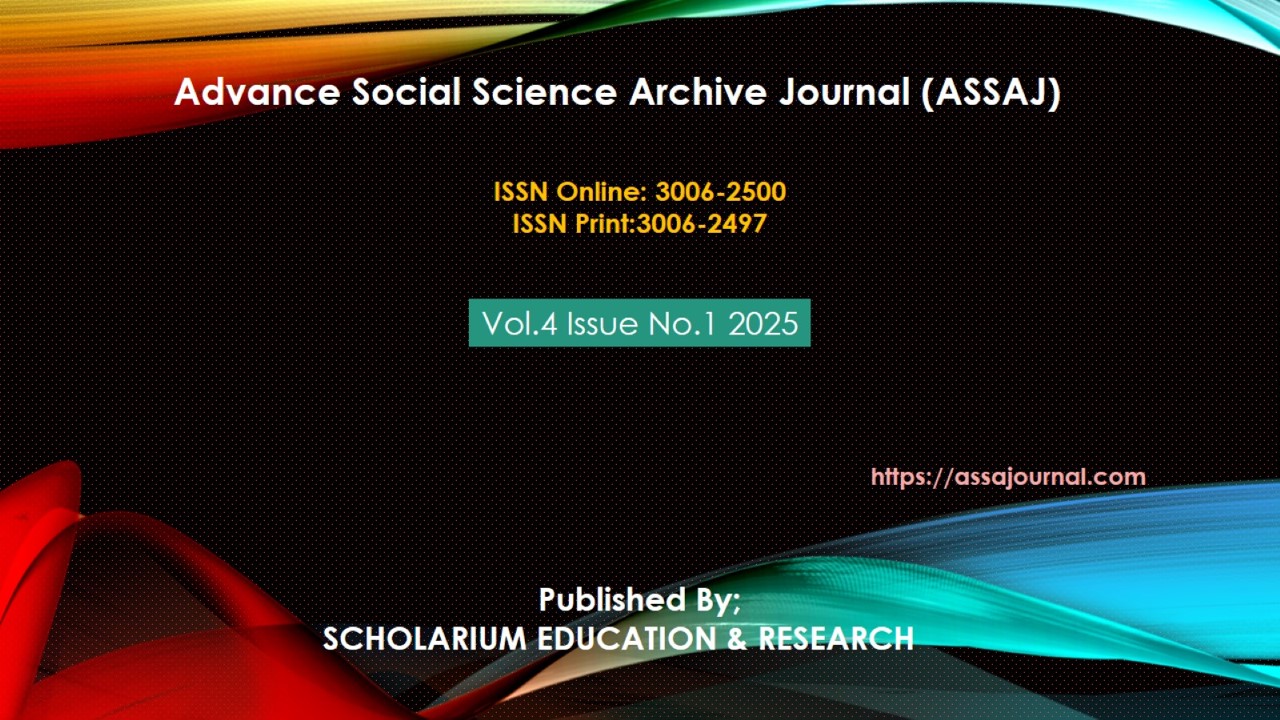Comparative Study of Word Order in Different Sentence Structures and Their Role in Information Emphasis
Abstract
In linguistic studies, word order is a key tool in managing information emphasis within a sentence. This study looks into how differences in the structure of English sentences passives, clefts, topicalization, fronting, and inversion affect information focus and rhetorical impact. The qualitative comparative analysis is based on 5 excerpts from The New York Times, chosen to represent diverse communicative contexts. Each sentence was annotated for its syntactic properties, thematic structure, and informational focus, within the context of models like the Cambridge Grammar of the English Language (Huddleston & Pullum, 2002) and the Functional Grammar model (Halliday, 1994).
The results indicate that each type of sentence relies on different syntactic means to create emphasis: passives focus on the object, clefts specify the focused element, topicalization favors thematic salience, and inversion shifts attention to adverbials. This might also mean that such differences in sentence types not only guide interpretation but also perform stylistic and rhetorical roles in communication. This paper advances knowledge in syntaxcommunicative purpose relations and how English users exploit flexibility in word order to ensure clarity of expression and interest. Further work could be based on other phenomena in other languages having different canonical orders.
Keywords: Word order, information focus, syntax, passives, clefts, topicalization, inversion, qualitative analysis





